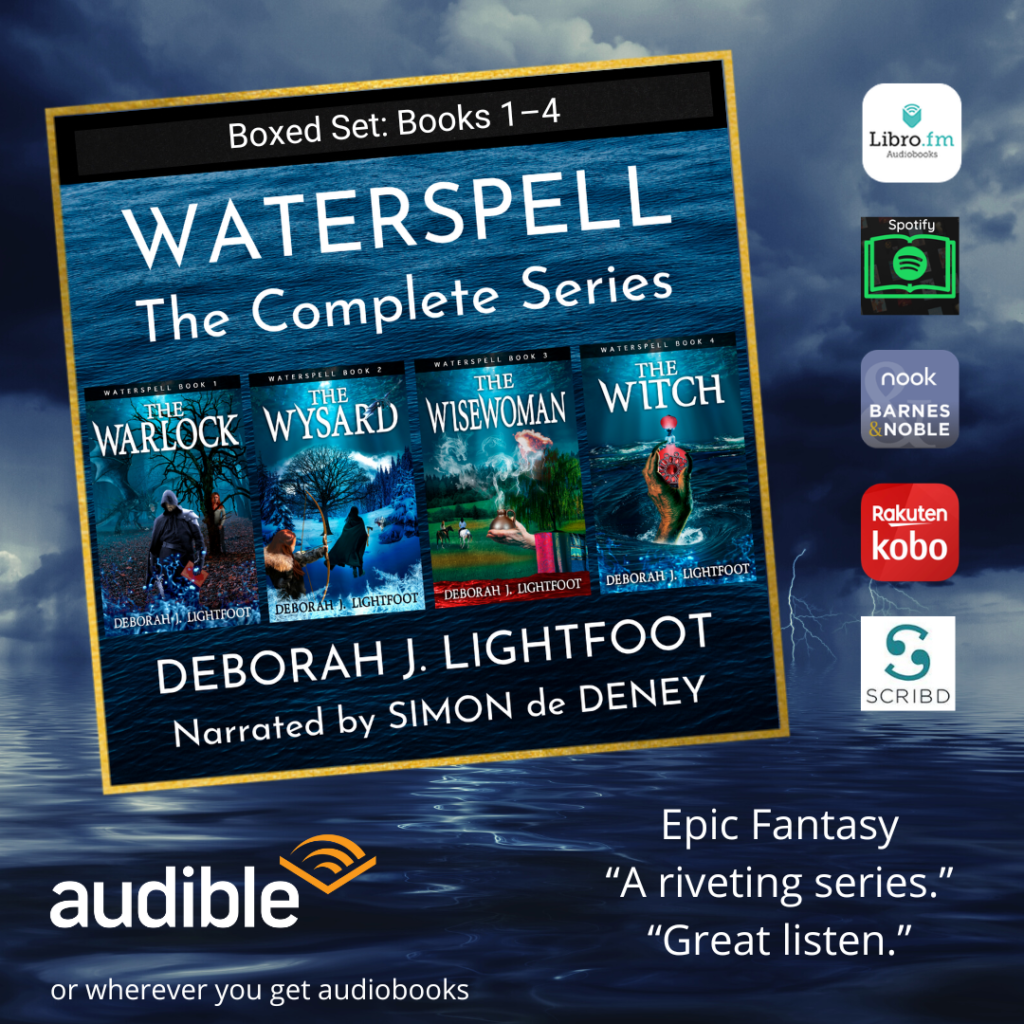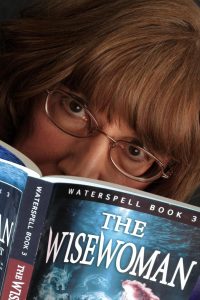 From my friend Ruth Cauble, I inherited a book called COMMON SENSE ABOUT WRITING, by Thomas H. Cain. Its copyright date is 1967, making it a brand-new book when Ruth won it as a prize in a writing competition. She inscribed the flyleaf: “Rec’d for first place award in the Grace Gaylord Creative Writing Contest — June 9, 1967 — R. Sammons Cauble.”
From my friend Ruth Cauble, I inherited a book called COMMON SENSE ABOUT WRITING, by Thomas H. Cain. Its copyright date is 1967, making it a brand-new book when Ruth won it as a prize in a writing competition. She inscribed the flyleaf: “Rec’d for first place award in the Grace Gaylord Creative Writing Contest — June 9, 1967 — R. Sammons Cauble.”
I’m endlessly interested in matters of style, so I turned first to chapter 7, titled “Expression: Style and Sentences.” Dr. Cain, who wrote the book when he was an associate professor of English at McMaster University in Hamilton, Ontario, Canada, defined style as “the total effect of writing.”
“It is the effect achieved,” he wrote, “by the ideas, the order, the paragraphs, the sentences, and the words all working together harmoniously.”
Cain recognized that a writer’s style is a very personal thing. No two people will write exactly alike, or even agree completely on what constitutes good style:
“The reason may be that when you try to express your ideas in the best words, sentences, and sequences of sentences, a whole army of subjective human variables comes into action: personal factors, individual gifts, range of experience, reading background, discretion, sense of decorum, feeling for rhythm, and plain taste … style springs from just such individual sources.”
“You can’t write seriously without reading the greats in that peculiar way that writers read, attentive to the particularities of the language, to the technical turns and twists of scene-making and plot, soaking up numerous narrative strategies and studying various approaches to that cave in the deep woods where the human heart hibernates.”
- From a book you especially admire, choose a passage of about 12 or 15 sentences. Read the passage silently.
- Note the structure of each paragraph.
- Read the passage aloud, listening to the stages in the paragraph structure and especially to the rhythm of the sentences and how they vary in length and emphasis.
- Now copy the passage slowly by hand (don’t type), sentence by sentence, first reading each sentence aloud and noting its pattern of emphasis and rhythm.
- Copy the entire passage again (typing it if you wish), listening for the way the sentences work together in groups of two or three.

 From time to time I’m asked how much I’d charge to edit someone’s book.
From time to time I’m asked how much I’d charge to edit someone’s book.







